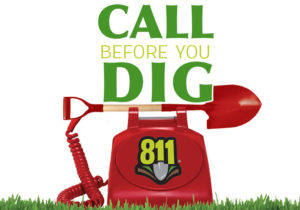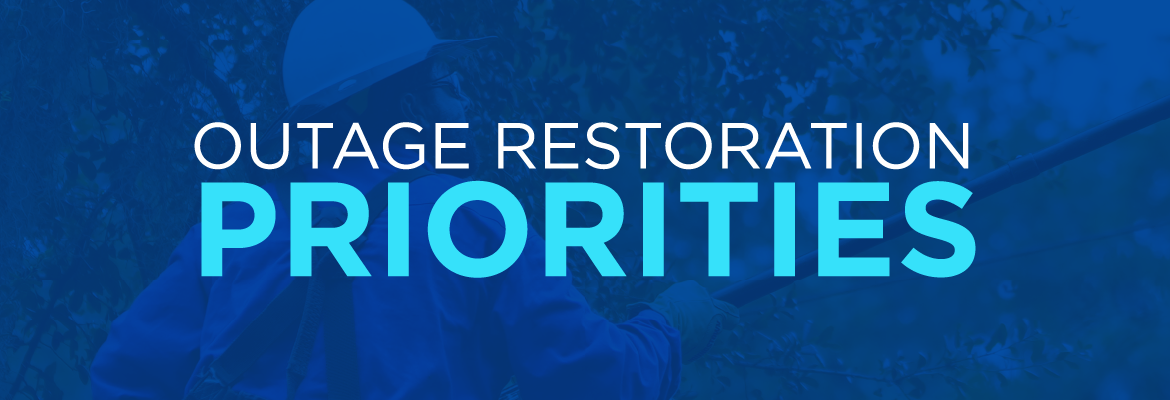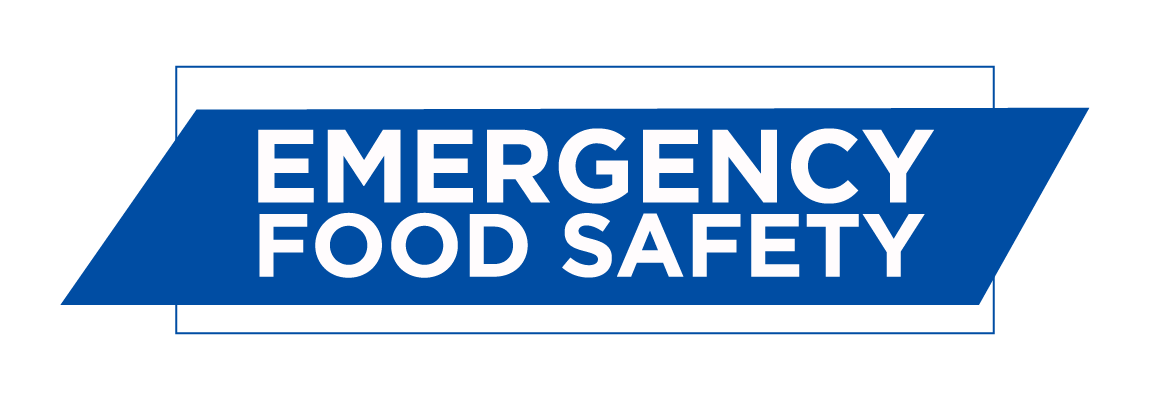SECO News September 2024
DEAR MEMBERS,
The Atlantic hurricane season runs from June 1 to November 30. When this edition of SECO News was printed, our region was fortunate to only be affected by Hurricane Debby beginning Sunday, August 4. As we know, it is essential to stay vigilant.
Initial forecasts predicted a well above-average hurricane season. The forecast slightly increased in July, continuing to call for a highly active season. Sea surface temperatures across the hurricane Main Development Region in the tropical Atlantic and Caribbean are near record highs, creating a favorable environment for hurricane formation and intensification. The Colorado State University (CSU) Weather & Climate Research Team now expects 25 named storms and six major hurricanes, surpassing the 1991-2020 averages of 14.4 storms and 3.2 major hurricanes.
According to the National Oceanic and Atmospheric Administration (NOAA), hurricanes typically peak in September. If you still need to refresh your emergency hurricane supplies, now is a good time. Don’t be the last person in line when supplies are running short.
Please review your hurricane preparedness plans and ensure you have the necessary supplies on hand for your loved ones. Stay informed through reliable sources and heed any warnings or evacuation orders from local authorities. Remember, one powerful storm could cause significant damage and impact our communities.
The SECO Energy Hurricane Handbook is your one-stop guide to being StormReady before, during, and after a storm. Read our Hurricane Handbook at SECOEnergy.com > Safety > Hurricane Handbook to learn more.
Sincerely,
CURTIS WYNN
Chief Executive Officer
SAFETY FIRST
The safety of our members and crews is always our top priority. Before restoration efforts begin, our teams assess the situation to ensure it is safe to work in affected areas.
CRITICAL INFRASTRUCTURE
During emergency restoration with widespread damage, shelters, hospitals, schools, and emergency services (i.e., emergency ops centers, fire stations, and law enforcement facilities) are prioritized to minimize the impact on public safety and health services.
LARGE-SCALE OUTAGES
We restore power to feeders with the largest number of accounts affected first, bringing the highest number of members back online safely in the shortest time. Our team works until power is restored to every member.
Clear communication is vital. SECO Energy provides timely updates through various channels to inform members about progress and expected restoration times. Enroll in StormCenter outage notifications at SECOEnergy.com > StormCenter and follow us on Facebook, Instagram, and X for the latest updates.
CONTINUOUS IMPROVEMENT
We continuously review and enhance our outage restoration strategies to adapt to new challenges and improve response times, ensuring reliable service for our members.
Restoring power means returning to normalcy and boosting community resilience. If you or a loved one require electric service for life-sustaining medical equipment, invest in a backup power source or prepare to go to a shelter if a named storm heads our way.
Refrigerated or frozen foods may be unsafe to eat after a lengthy power outage. Use these tips to minimize food loss and reduce the risk of illness.
BEFORE A STORM
- Stock an Emergency Kit: Include nonperishable foods such as bottled water, powdered milk, canned goods, cereal, and protein bars.
- Prepare a Cooler: If an outage is anticipated, fi ll a cooler with ice to help preserve perishable items for several hours.
DURING A STORM
- Minimize Fridge and Freezer Openings: Keep the refrigerator or freezer closed as much as possible.
- Know Your Time Limits: An unopened refrigerator keeps food cold for about four hours. A half-full freezer stays frozen for about 24 hours, and a full freezer for about 48 hours.
- Use a Cooler: If the outage is expected to last over four hours, transfer perishable items to an ice-filled cooler.
AFTER A STORM
- Check Temperatures: Discard refrigerated foods that have been exposed to temperatures above 40°F for more than two hours.
- Inspect Foods: Dispose of food with unusual color, odor, or texture. When in doubt, throw it out.
- Know Safe Foods: Certain items are safe to consume after exposure to temperatures above 40°F for two hours, including:
-
- Hard cheeses (properly wrapped)
- Butter or margarine (properly wrapped)
- Taco, barbecue, and soy sauces
- Peanut butter, jelly, mustard, ketchup, and relish
To learn more about food safety after an emergency, visit: Ready.gov/food
Major weather events can cause extended power outages. When SECO Energy activates its Emergency Response Plan during a major weather event, members can access SECO Energy’s interactive Daily Restoration Plan Map.
If you want to see if the map has been activated at any time, visit www.SECOEnergy.com and hover over “Contact Us” in the top right corner. Select “Daily Restoration Plan.” If activated, you can input your service address and determine if your area is included in the present-day restoration plan. Substations are labeled as a reference, and feeders are outlined in polygons.
Read the full September SECO News












